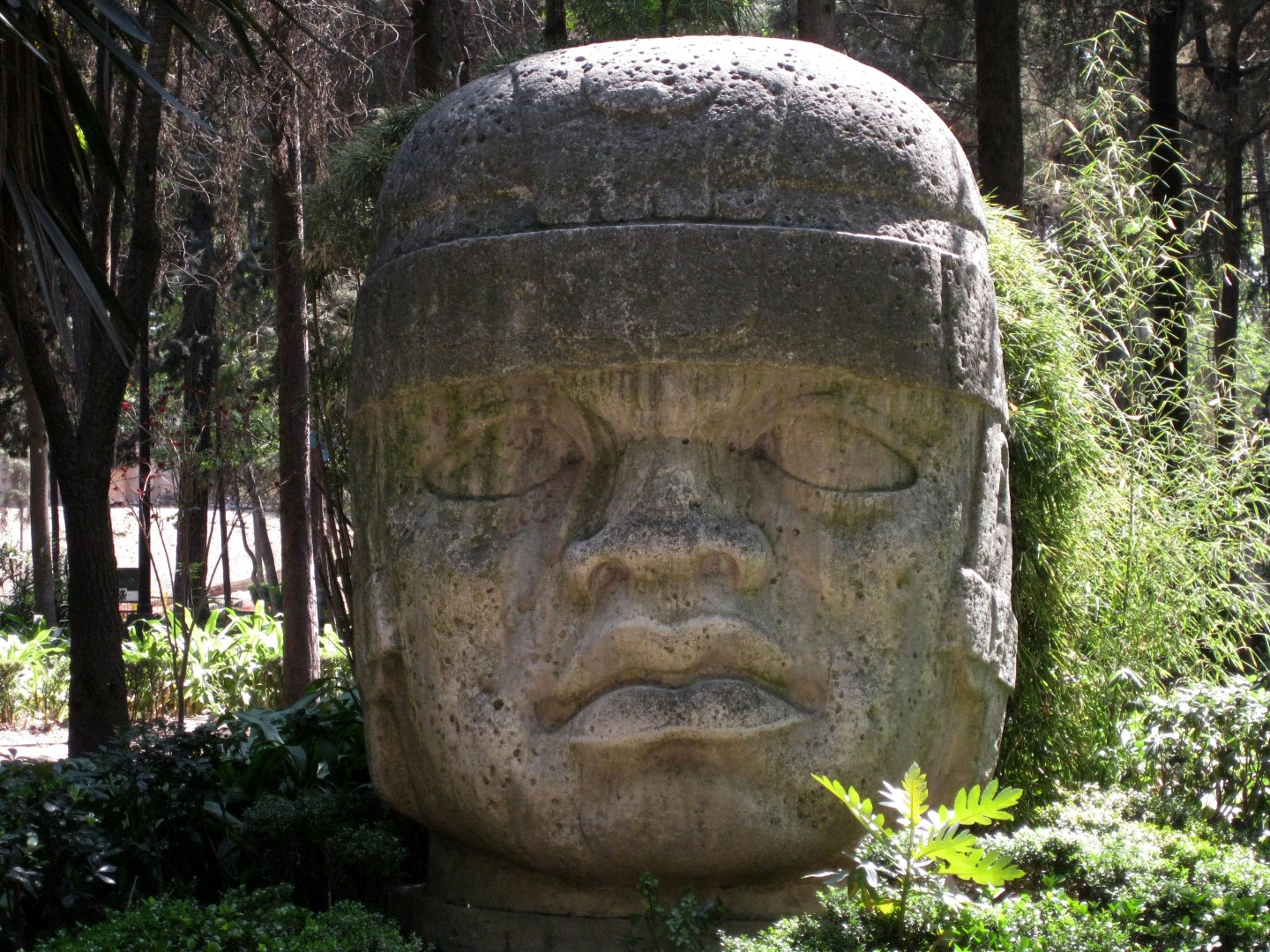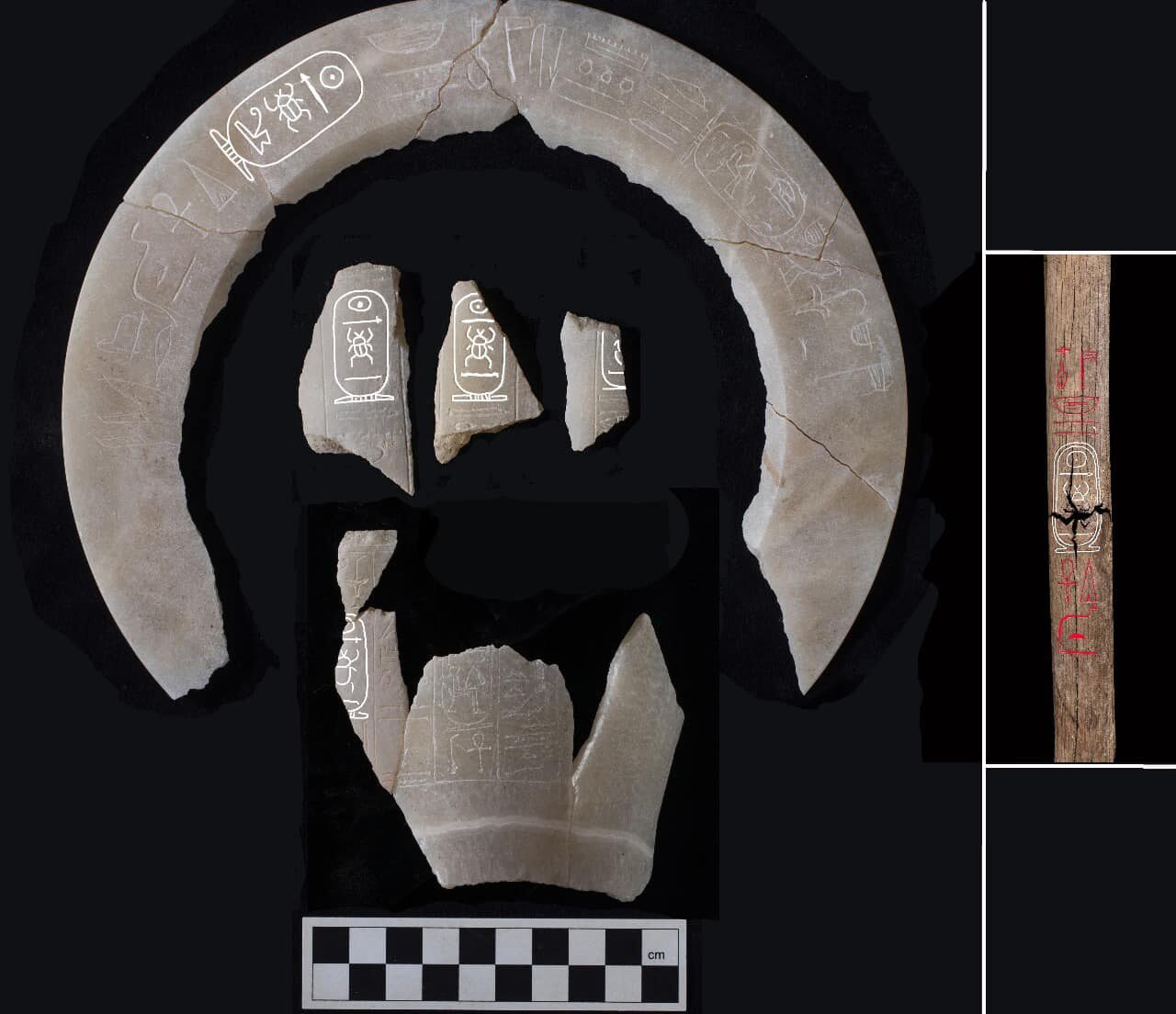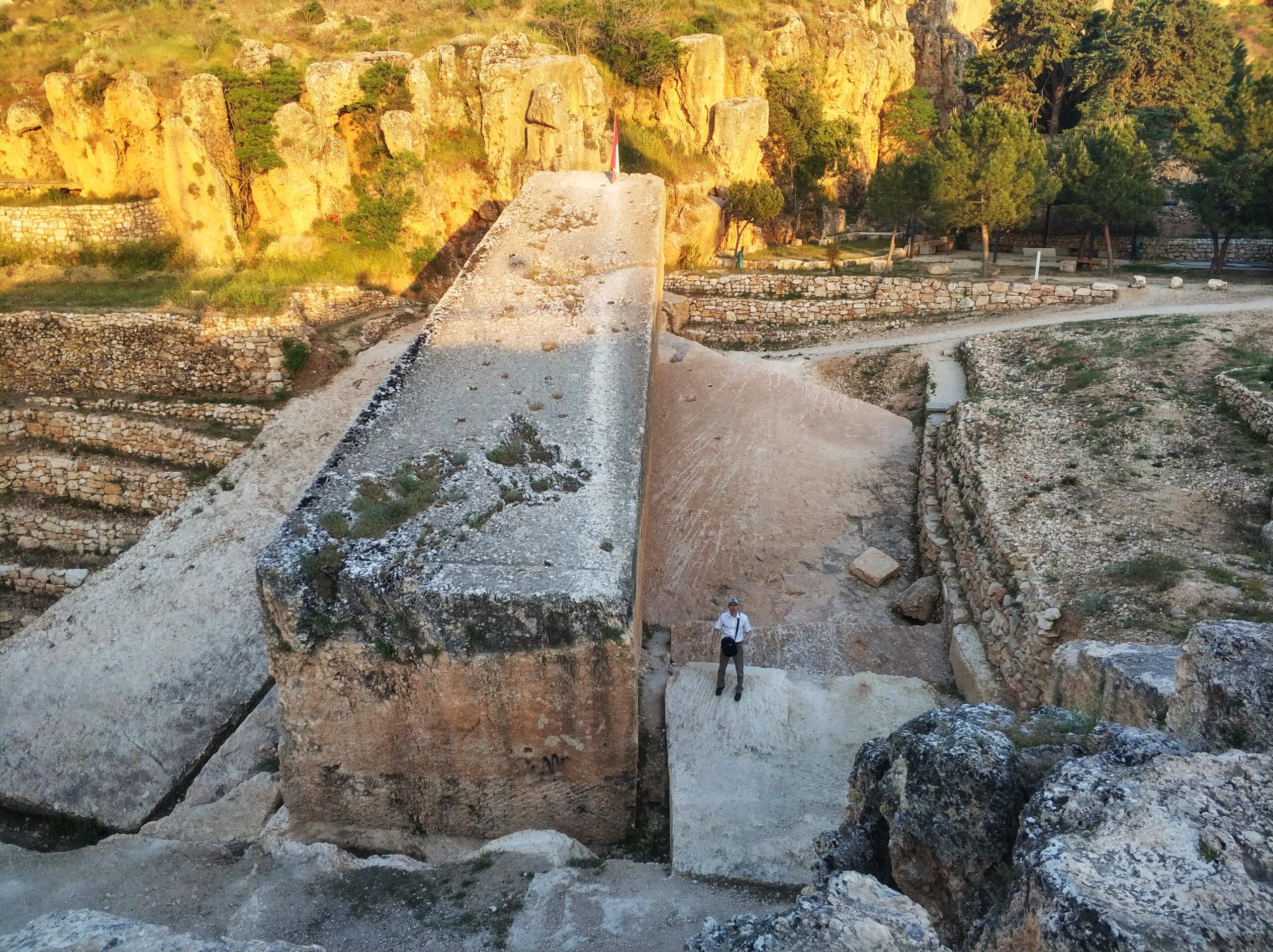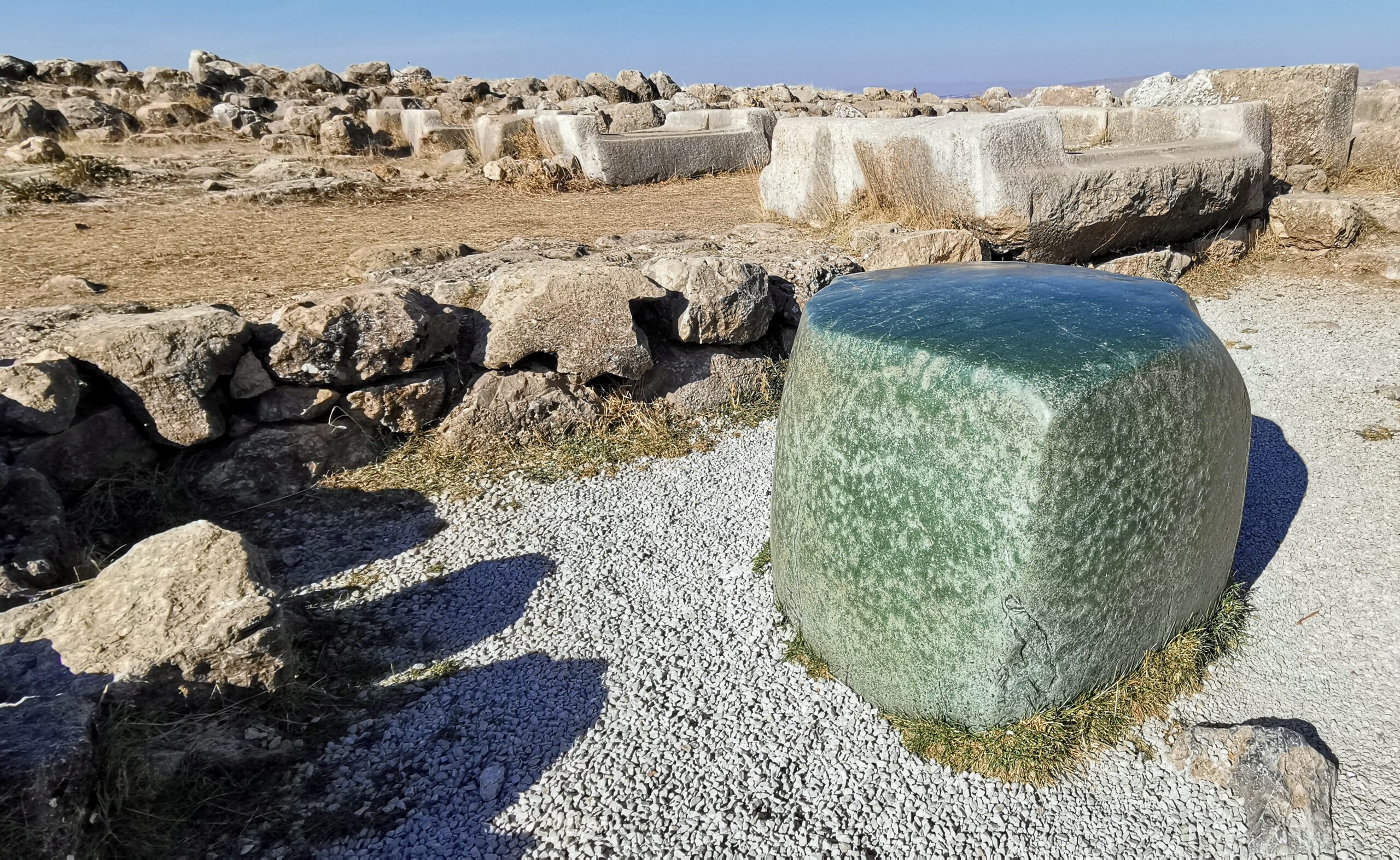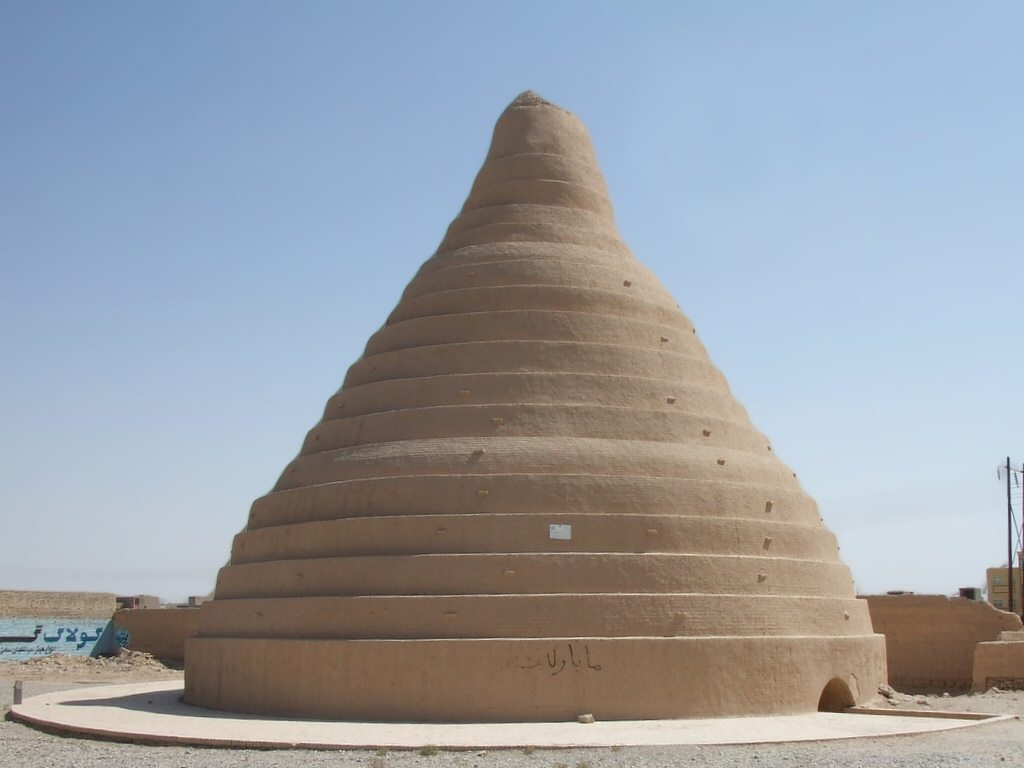
Across Iran’s arid plains, Yakhchal structures rise as dome-shaped wonders, built by ancient Persians around 400 BC to store ice in desert heat. Recognized in modern times through archaeological surveys like those in 1975 AD by the University of Tehran, these mud-brick refrigerators, some over 60 feet tall, preserved food and ice year-round. Since their peak during the Achaemenid Empire, Yakhchal have stood as testaments to ingenuity, using passive cooling long before electricity. Today, these ancient coolers offer a peek into Persian innovation, defying the harsh climate with simple yet effective design.
Yakhchal’s Roots in Persia
Around 400 BC, Persians began constructing Yakhchal to combat scorching summers, per historical records from Iran’s Cultural Heritage Organization. Over centuries, these structures dotted regions like Yazd and Kerman, with some dating to the Achaemenid era, per University of Tehran’s 1975 AD surveys. For example, early builders harnessed winter ice from nearby mountains. Could this have been a response to growing cities? Consequently, Yakhchal became vital for storing perishables, showcasing Persian foresight in a land where temperatures often exceed 100 degrees Fahrenheit.
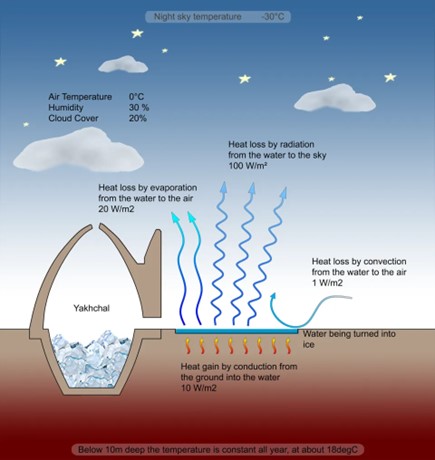
Engineering a Desert Fridge
From 400 BC onward, Yakhchal relied on clever design, featuring thick mud-brick walls up to six feet wide, per architectural studies by Tehran Polytechnic University. Around this time, builders added conical domes with vent holes to trap cold air, while deep trenches below held ice from winter harvests, as noted in 2018 AD research from the University of Isfahan. Meanwhile, windcatchers funneled breezes inside, enhancing cooling through evaporation, per Iran’s Cultural Heritage studies. For instance, the walls’ qanat channels brought groundwater to boost this effect. Thus, Yakhchal turned heat into an ally.
Purpose Beyond Preservation
Since their creation, Yakhchal served more than food storage, acting as community hubs in Persia’s dry heart, per historical accounts from the University of Shiraz. Around 400 BC to 1000 AD, they likely supported trade by keeping goods fresh in bustling markets, as suggested by 2020 AD studies from Tehran University. Alternatively, some scholars propose a ritual role, tied to Zoroastrian reverence for water, though no direct evidence confirms this, per Iranologist Pierre Briant’s 2002 AD work. Over time, their ice sustained daily life. Therefore, Yakhchal reflect both practicality and cultural depth.
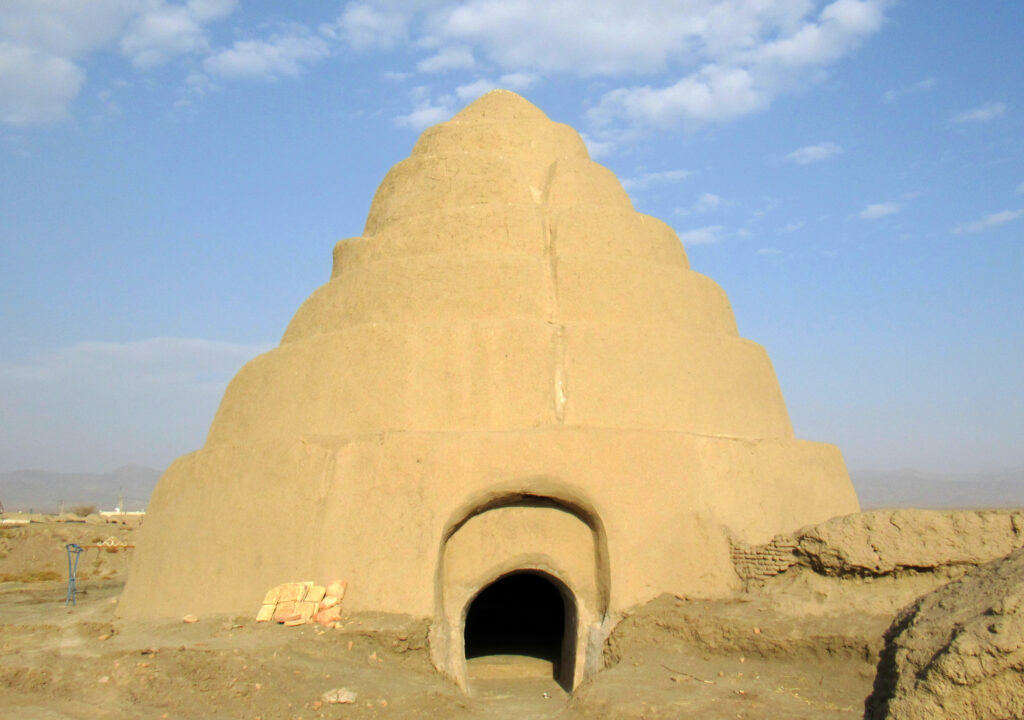
A Legacy in the Sand
Now recognized as historical treasures, Yakhchal still stand in places like Yazd, preserved by Iran’s arid climate, per UNESCO’s 2017 AD listing of Yazd as a World Heritage Site. Beyond their domes, they inspire modern architects, with 2023 AD designs from Tehran Polytechnic University mimicking their cooling tricks. Since 400 BC, they’ve endured as symbols of Persian brilliance, outlasting empires. Ultimately, these ancient refrigerators connect us to a past where necessity sparked remarkable invention.




